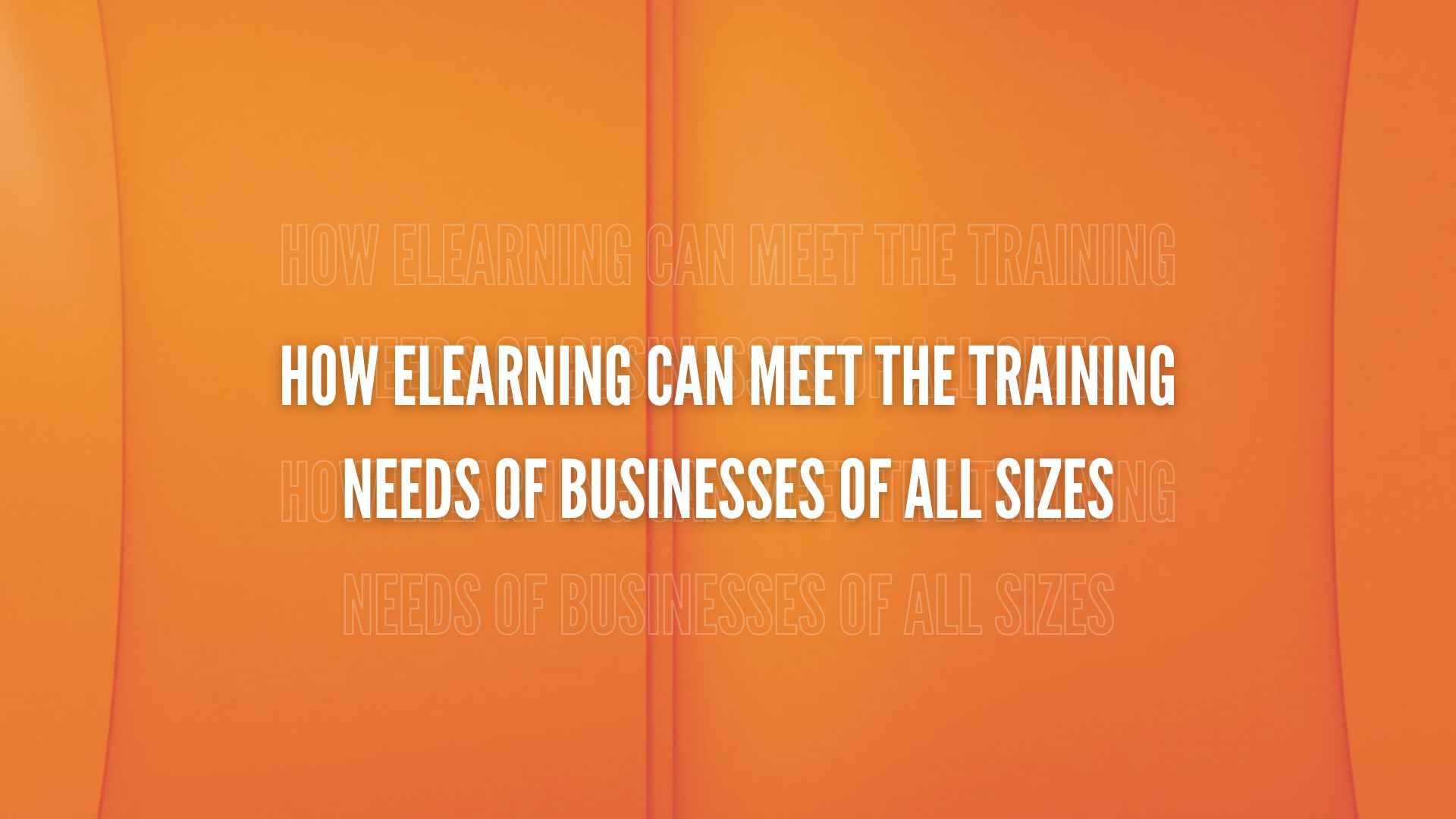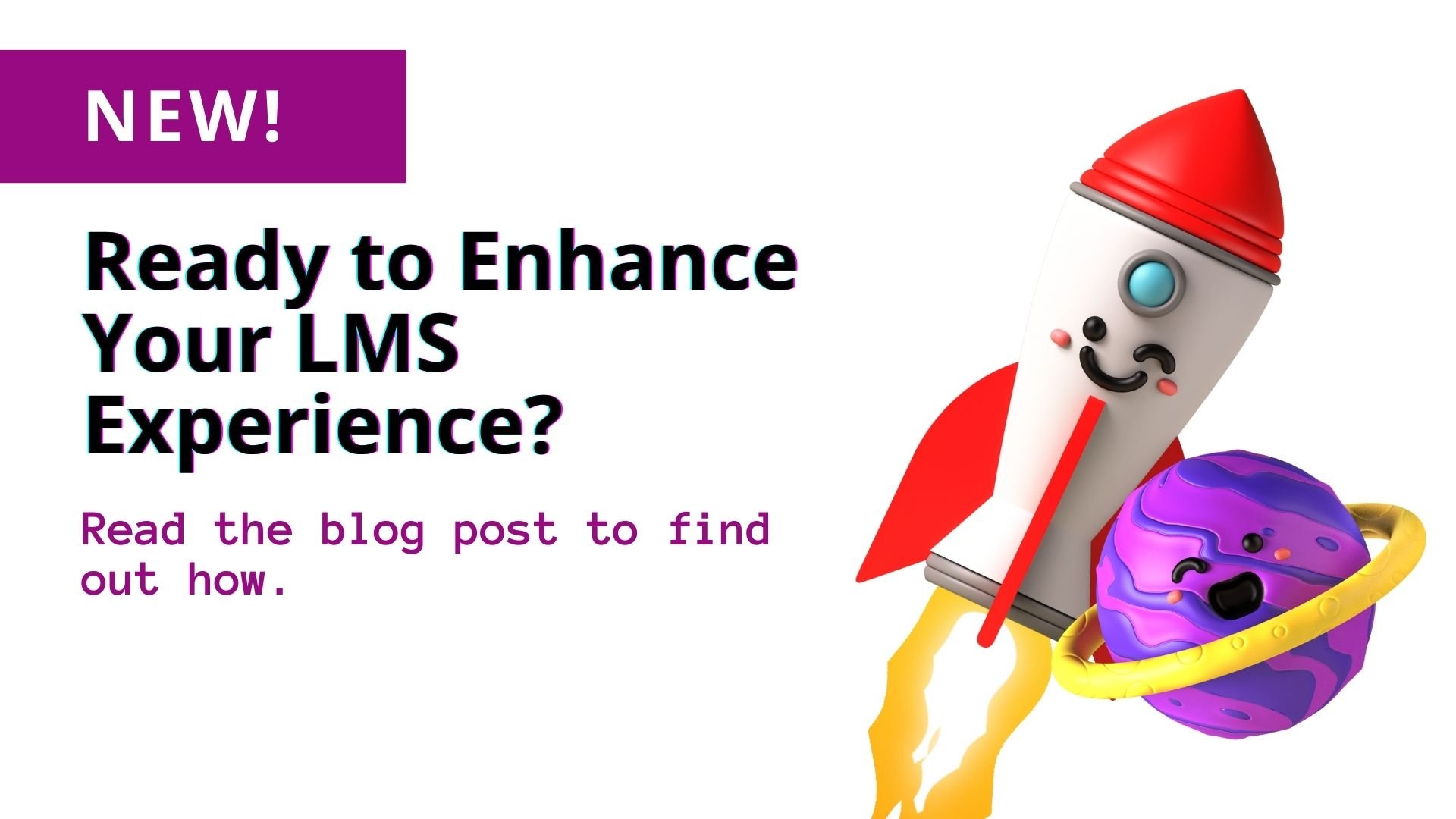The corporate world has seen many training/learning and development trends in its lifetime. eLearning is one that’s here to stay. Over the years, eLearning has become one of the most popular styles of learning in the workplace. The reasons for this are straightforward. eLearning helps adult learners keep and later use crucial training information. It also lowers training costs, and promotes a quick adoption of products.

The Relationship Between eLearning, Microlearning, and Information Retention
There is something that links self-paced eLearning with information retention. We call this microlearning. Microlearning happens when a learner mentally ingests a small nugget of information. This may look like watching a 5-minute instructional video on YouTube. Or, reading a 400-word blog post on a training topic. Or, taking a 3-minute online quiz covering the learning that has taken place. These are all examples of microlearning. This differs from traditional learning situations. In those situations, students may read huge amounts of textbook pages in one sitting. Compared to traditional learning, microlearning may seem a little wimpy. In reality, though, it is powerful. Studies show that microlearning increases learning retention. (A study in the Journal of Educational Computing Research is one source that concludes this.)
What do microlearning and eLearning have to do with one another? Plenty. Self-paced eLearning and microlearning compliment one another. It’s common and beneficial for microlearning to be set up to be self-paced. The chances of retaining information go up when employees are able to choose how fast they learn. The best pace for some learners will be fast. Such individuals may opt to watch/read/listen to many microlearning units in the course of a few days. Others will want to spread their microlearning out. Either way, employees prefer a pace that maximizes information retention.
Employees Value the Learning They Own
Was the first car you ever used borrowed, or did you buy it for yourself? If you paid for it with your hard-earned cash, there is a good chance that you took great care of it. You had the oil changed, kept it clean and tidy, and generally took pride in it. But, if the first car you used was your parents’, you took it for granted a little more than if you had paid for it yourself. Or, you may have found it embarrassing that you had to borrow a car. Your experience with your first car may have taught you at a young age that people value what they own. This is as true of knowledge as it is of material possessions. Company leaders can help employees “own” their training. They can achieve this by giving them the opportunity to pace their eLearning. This allows workers to have a hand in the design of their training program. Making eLearning available can prove very beneficial. Especially for employees who have been indifferent about training in the past.
Can Self-Paced eLearning Lower a Company’s Training Costs?
eLearning happens in online learning environments. It can be quite cost-effective for companies searching for training solutions. eLearning prevents organizations from having to pay for classroom space, in-person instructors, paper products, and utilities (heat, electricity, water, etc.). These savings add up. They can lower a company’s bottom line.
Self-Paced Learning Promotes a Quick Adoption of Products
In the article How Self-Paced Learning Can Enhance The Learning Experience of Employees, Customers, and Channel Partners, Anand Timothy noted an interesting fact about self-paced learning. It ensures a quicker adoption of products. He wrote, “In the case of customer and channel partners, self-paced learning ensures faster adoption of new products." Traditional learning is slower. One must schedule many new product demonstrations between customers and channel partners. eLearning helps speed this process. In the case of new products, these time savings are valuable. This is because you can get feedback faster and thus make improvements. Self-paced eLearning can be very effective. Particularly for companies that need a faster rate of product adoption.
Here is one way companies can put in place a self-paced learning program. By launching a cloud-based eLearning system. A social learning management system is a great tool. Particularly for distributing training at one’s own pace. With an eLearning LMS, a training program can be online or blended and still be self-paced.
Self-paced eLearning offers benefits. As we’ve established, it can increase learning retention. It can also promote a quick adoption of products, and save companies money. It is also convenient, giving learners the flexibility to train at times that are best for them. This explains why self-paced eLearning is the best pace for corporate training.





